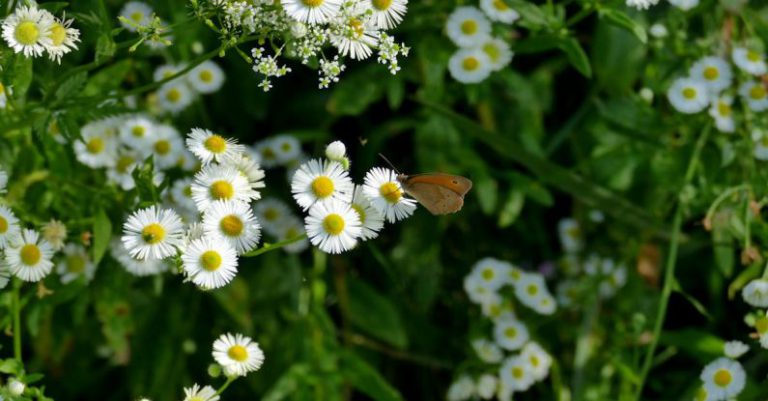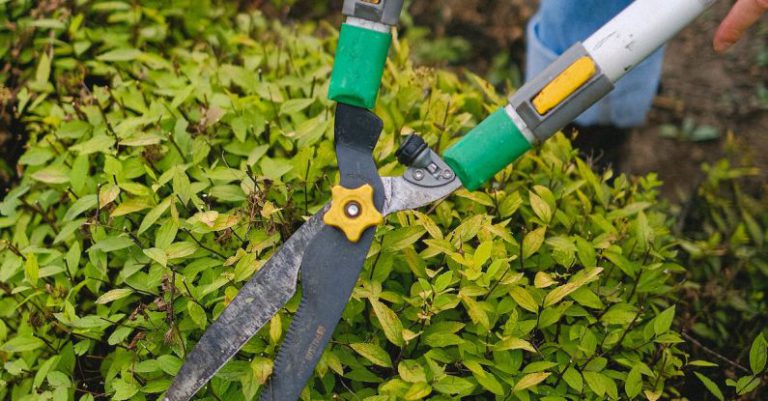What Are the Secrets to a Thriving Vegetable Garden?
A thriving vegetable garden is a source of pride for any gardener. It not only provides fresh, delicious produce but also brings joy and satisfaction. While it may seem like a daunting task, creating a flourishing vegetable garden is not as difficult as it may appear. By following a few simple secrets, you can transform your garden into a thriving oasis of vegetables.
Choose the Right Location
One of the most crucial secrets to a thriving vegetable garden is selecting the right location. Vegetables need at least six hours of direct sunlight each day to grow and thrive. Therefore, it is essential to choose a spot in your garden that receives ample sunlight. Additionally, ensure that the location has well-draining soil to prevent waterlogging, which can lead to root rot and other diseases.
Prepare the Soil
Preparing the soil is another vital secret to a thriving vegetable garden. Before planting, it is essential to nourish the soil with organic matter such as compost or aged manure. This enriches the soil, providing essential nutrients for the vegetables to grow. Additionally, breaking up compacted soil and removing any weeds will create an ideal environment for your vegetable garden to flourish.
Choose the Right Vegetables
Not all vegetables thrive in all climates and seasons. Therefore, it is crucial to choose vegetables that are well-suited to your specific region and the time of year. Research the best vegetables to grow in your area and consider factors such as temperature, rainfall, and sunlight. By selecting the right vegetables, you increase the likelihood of a thriving garden.
Provide Adequate Water
Watering your vegetable garden is essential for its success. However, providing the right amount of water is crucial. Overwatering can lead to root rot, while underwatering can result in stunted growth and poor yields. The secret to providing adequate water lies in watering deeply but infrequently. This encourages the vegetables’ roots to grow deeper, making them more resilient and less prone to disease.
Implement Companion Planting
Companion planting is a secret that can significantly benefit your vegetable garden. Certain plants have natural affinities for one another and can help each other grow and thrive. For example, planting marigolds near tomatoes can deter pests, while planting basil near peppers can enhance their flavor. By implementing companion planting techniques, you can create a harmonious and thriving ecosystem in your vegetable garden.
Practice Crop Rotation
Crop rotation is another secret that can ensure the long-term success of your vegetable garden. Growing the same vegetables in the same spot year after year can deplete the soil of vital nutrients and increase the risk of diseases and pests. By rotating your crops each year, you break the cycle and maintain the health of the soil. This practice also helps prevent the buildup of pests and diseases, resulting in a thriving vegetable garden.
Protect Against Pests
Pests can wreak havoc on a vegetable garden, causing damage and reducing yields. Protecting your garden against pests is essential for its success. There are several organic methods to deter pests, such as using companion planting, installing physical barriers like nets or fences, and using natural pest repellents like neem oil or garlic spray. By implementing these strategies, you can keep pests at bay and ensure the thriving growth of your vegetables.
In conclusion, creating a thriving vegetable garden is achievable by following a few simple secrets. Choosing the right location, preparing the soil, selecting the right vegetables, providing adequate water, implementing companion planting, practicing crop rotation, and protecting against pests are all essential factors in achieving a flourishing garden. By incorporating these secrets into your gardening practices, you can enjoy a bountiful harvest of fresh, homegrown vegetables.






